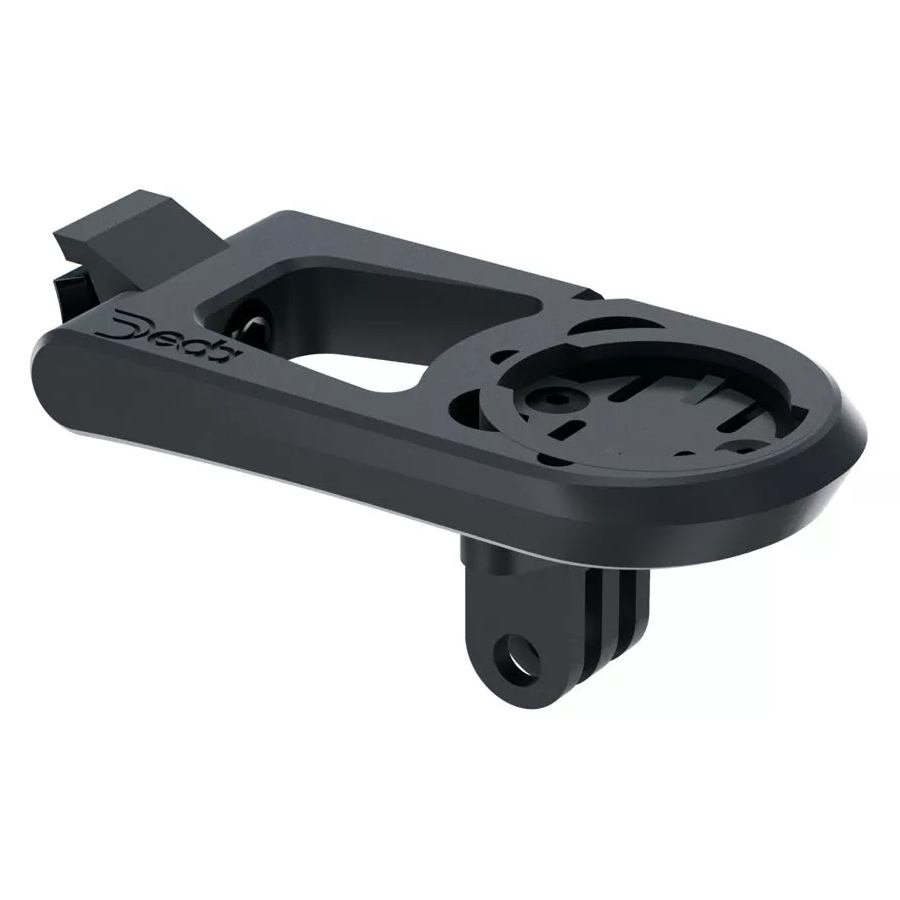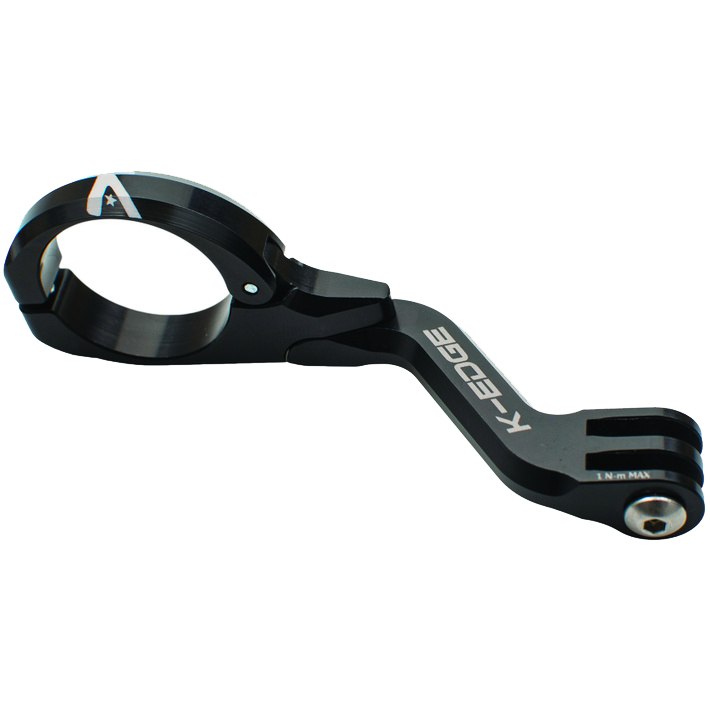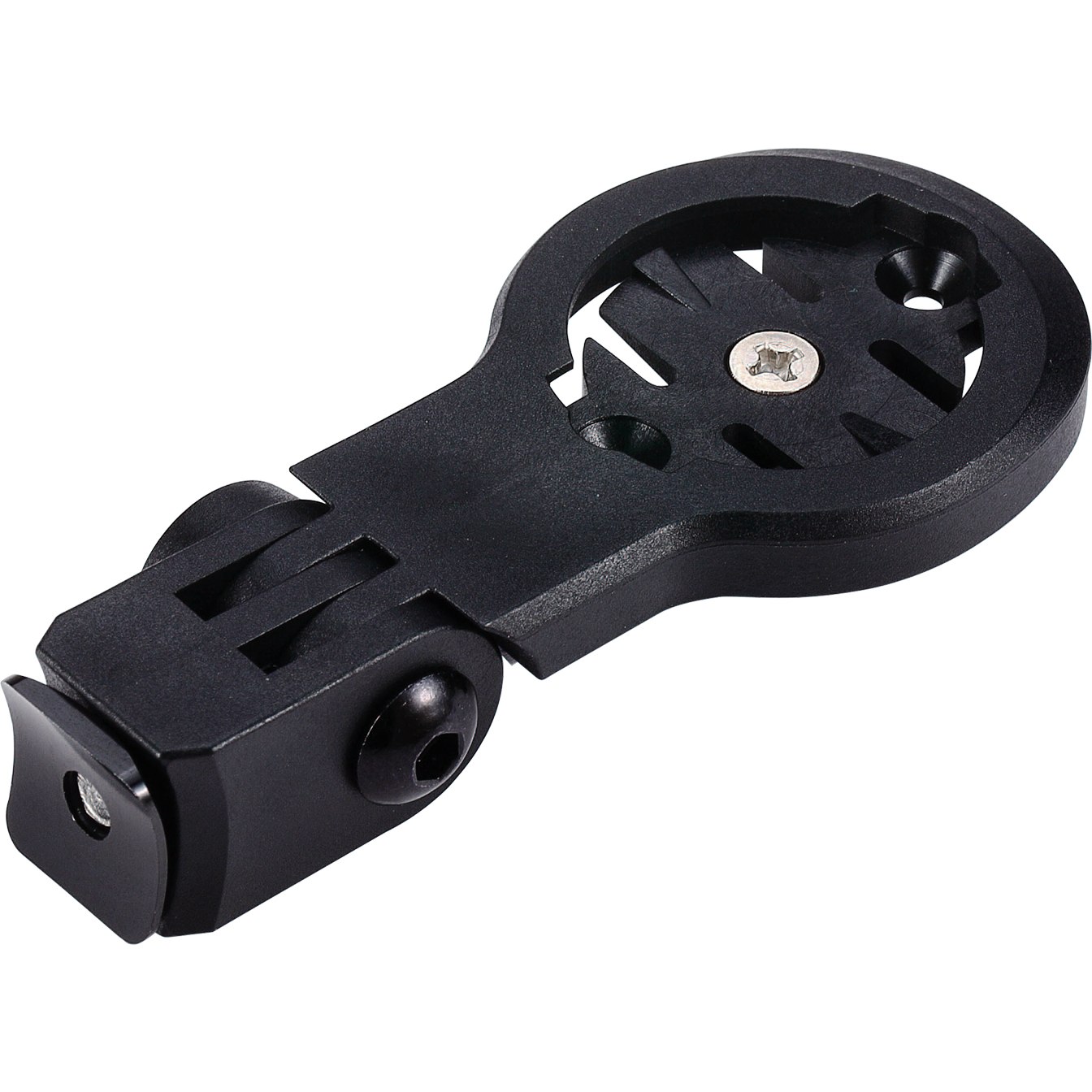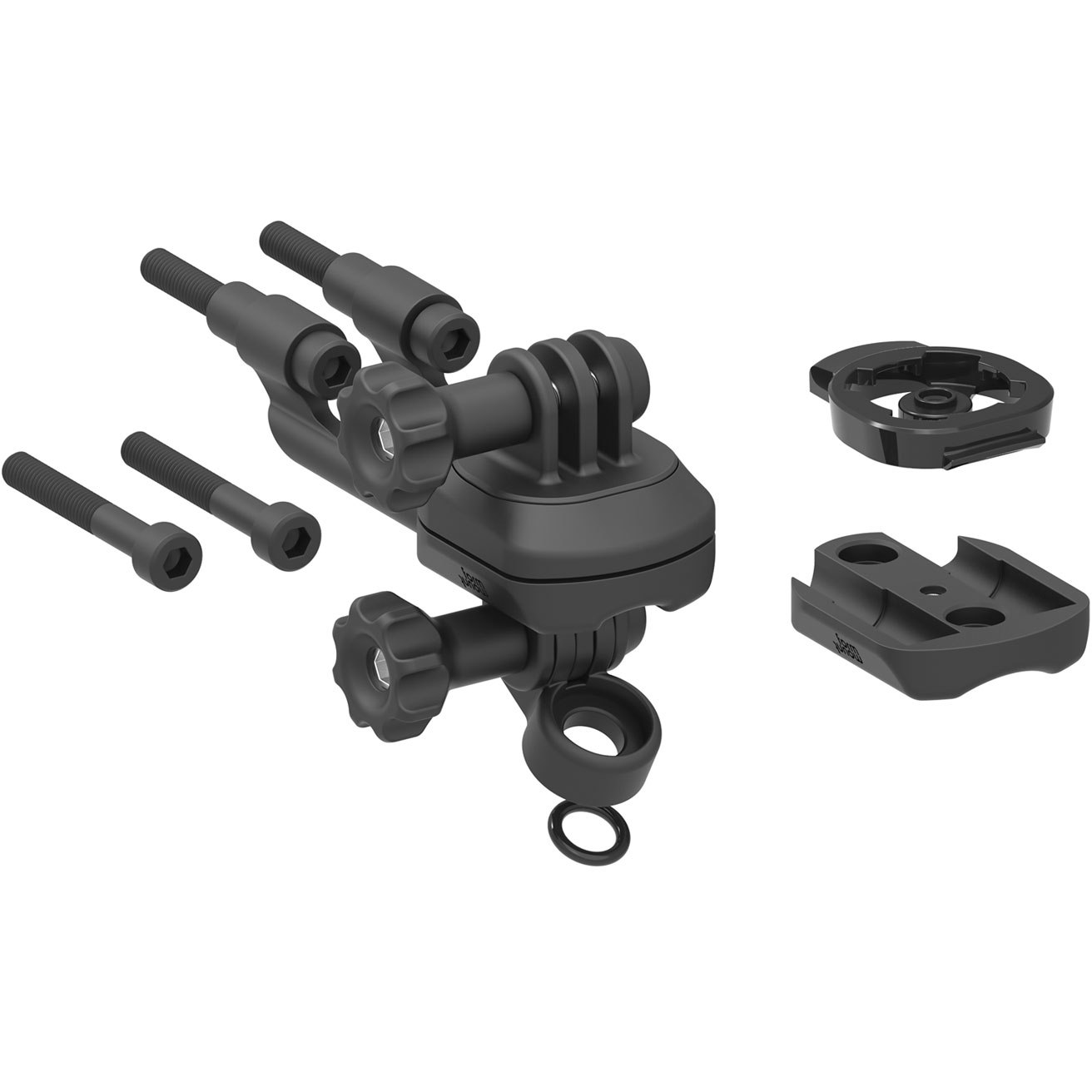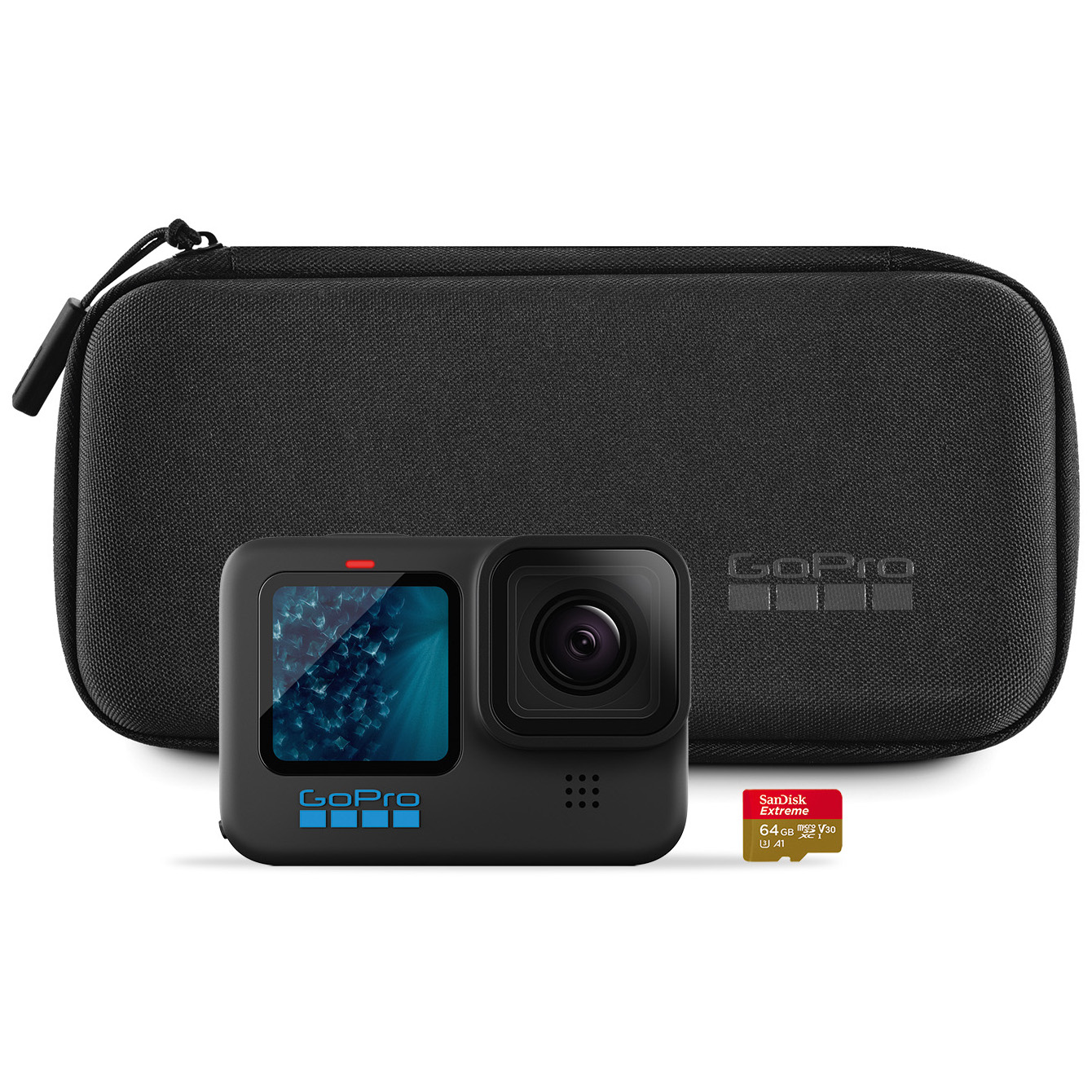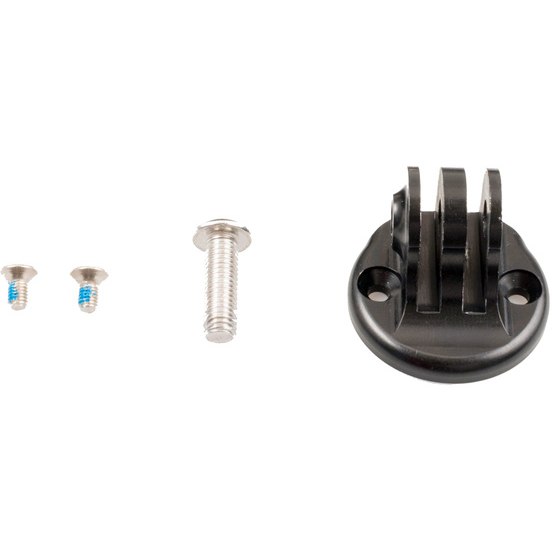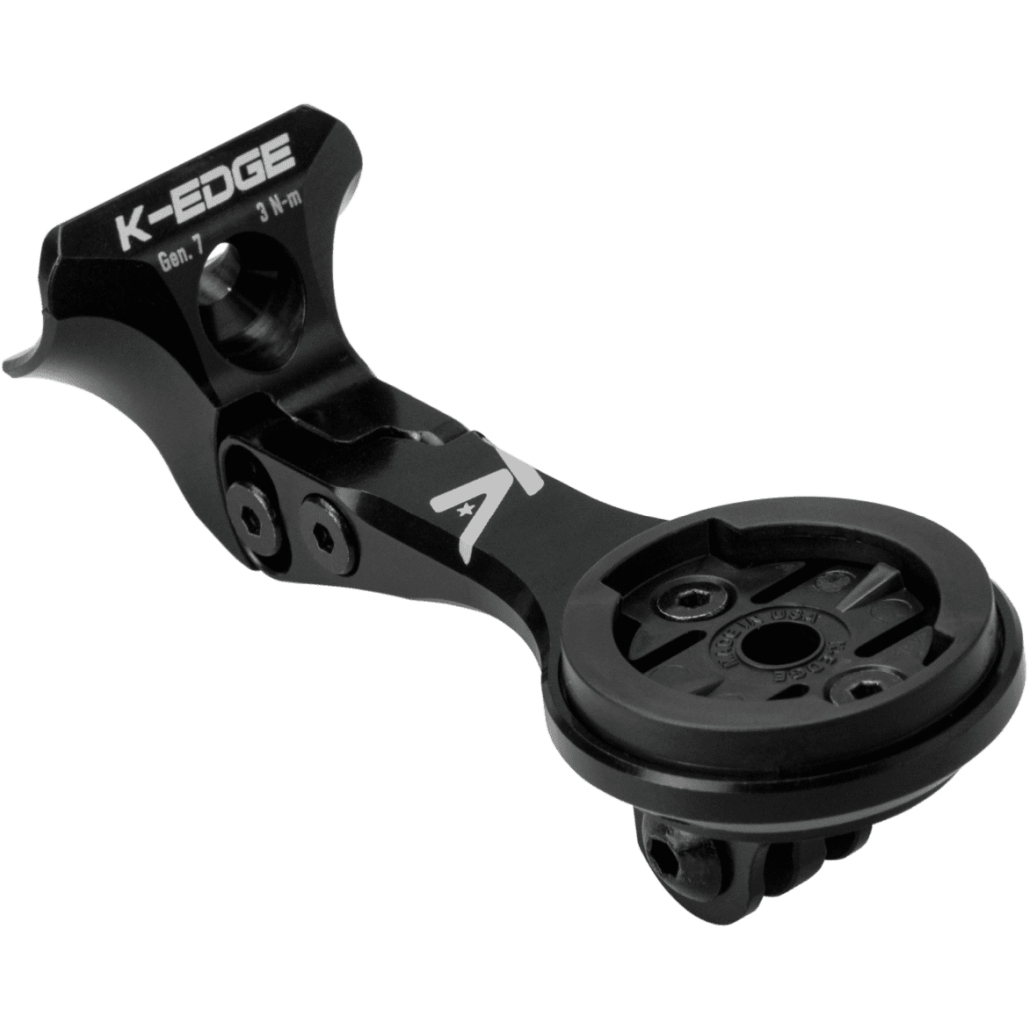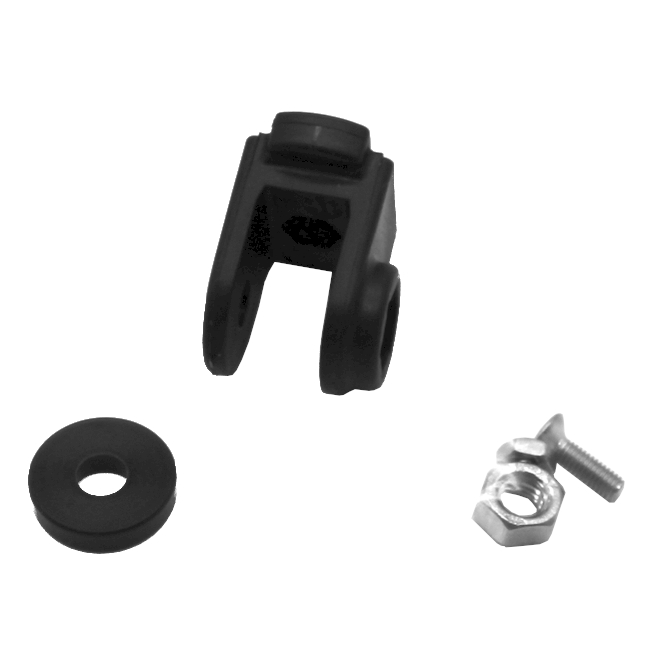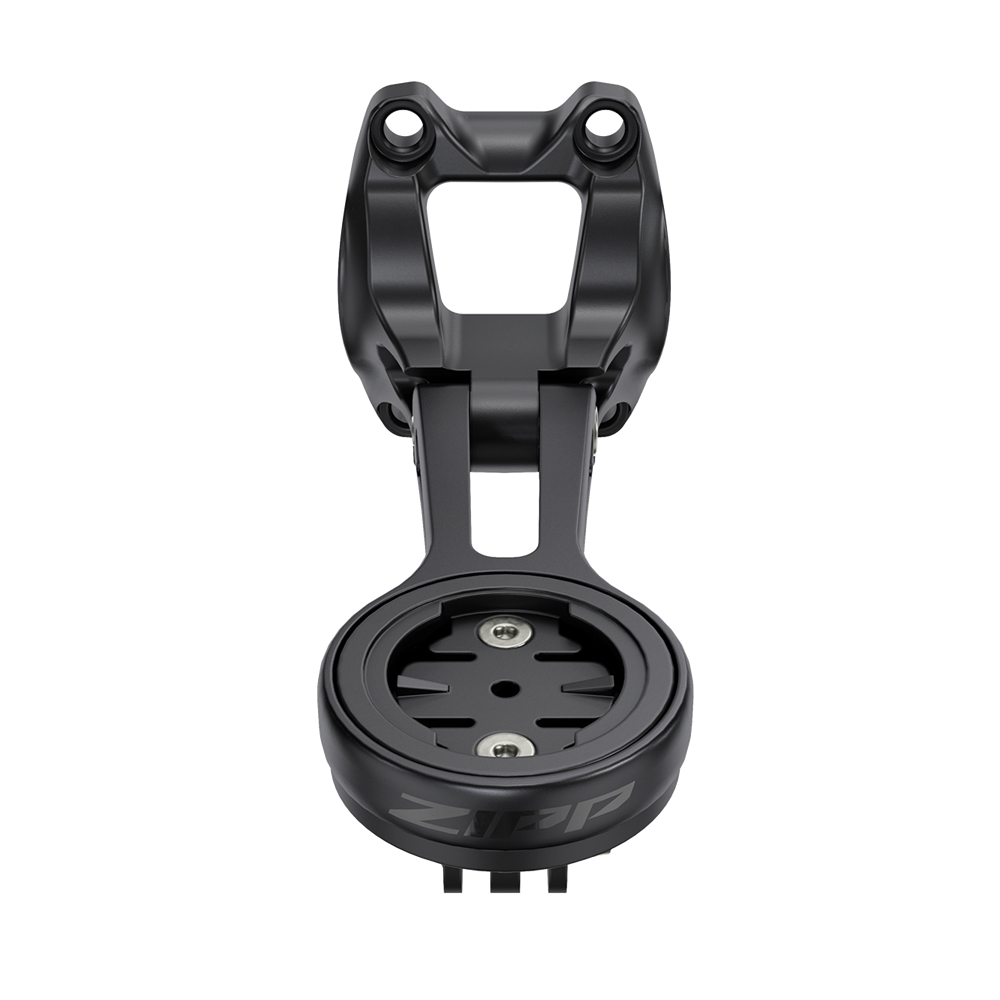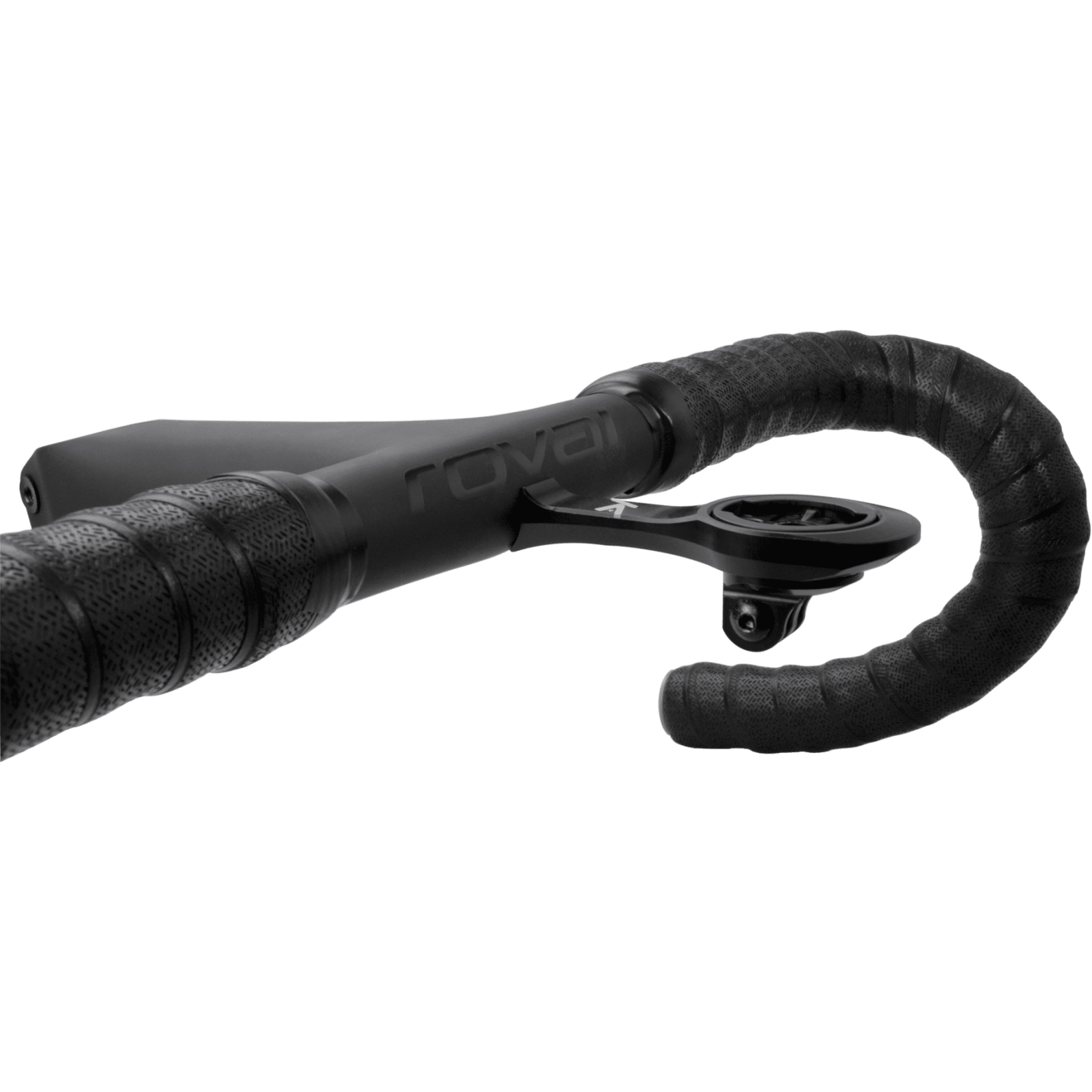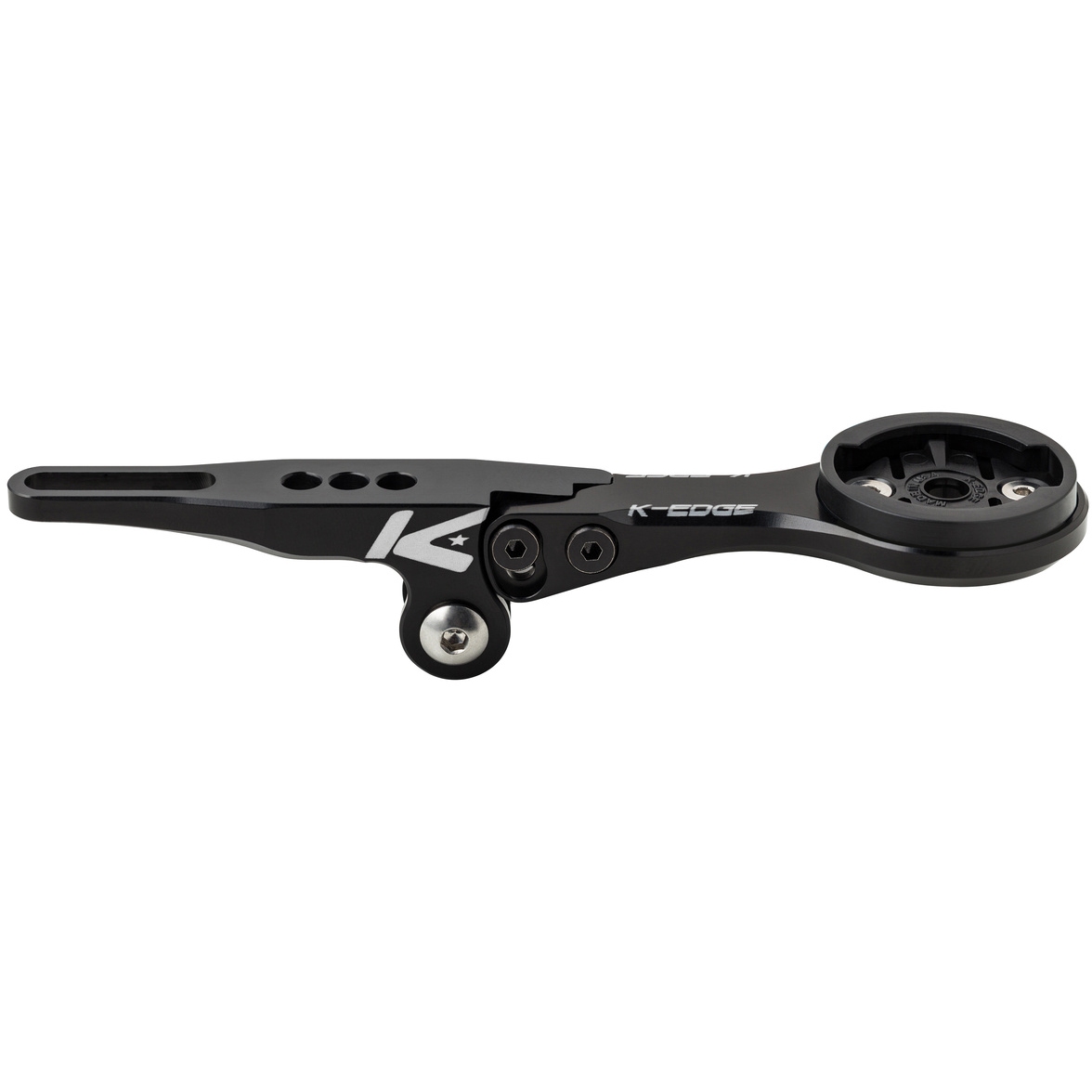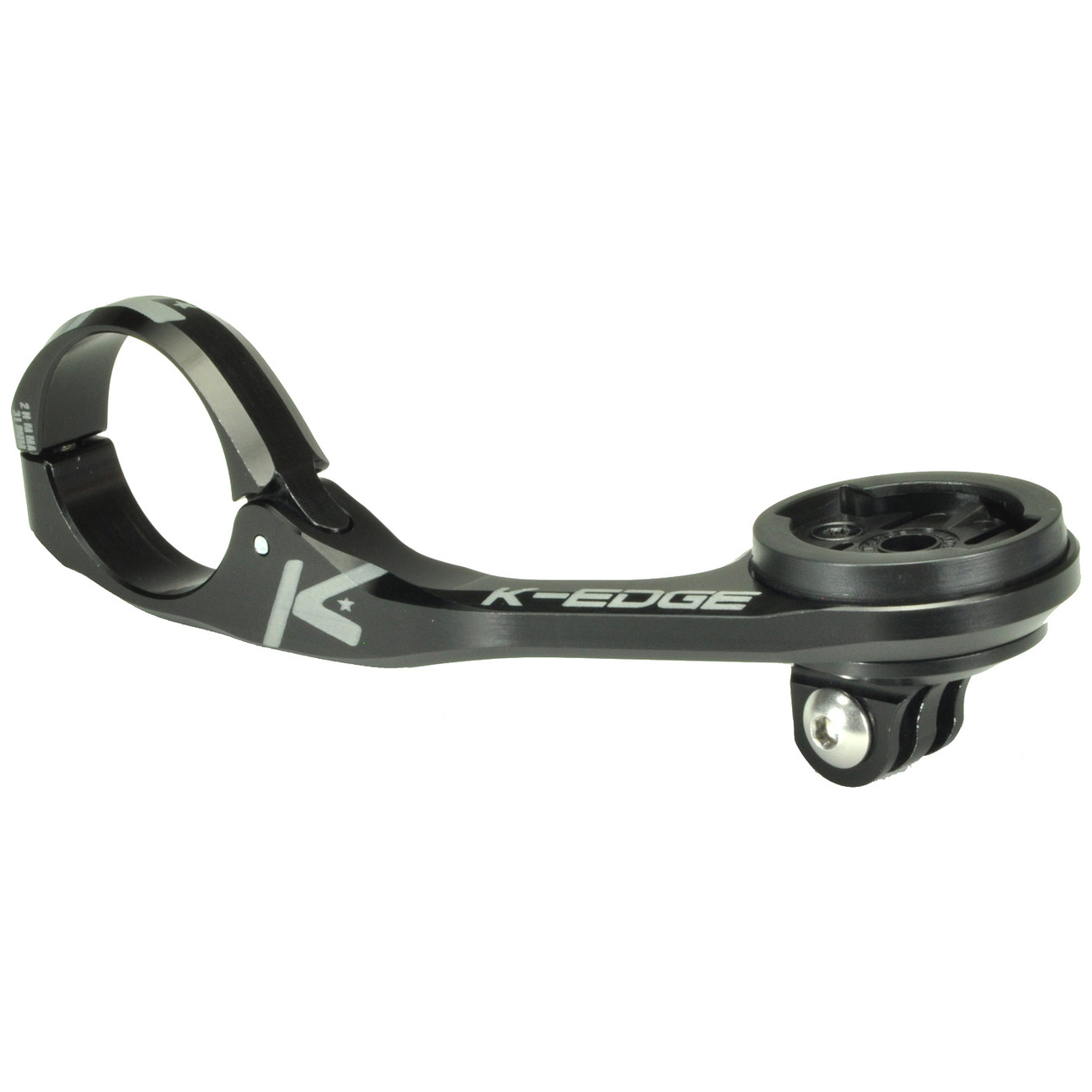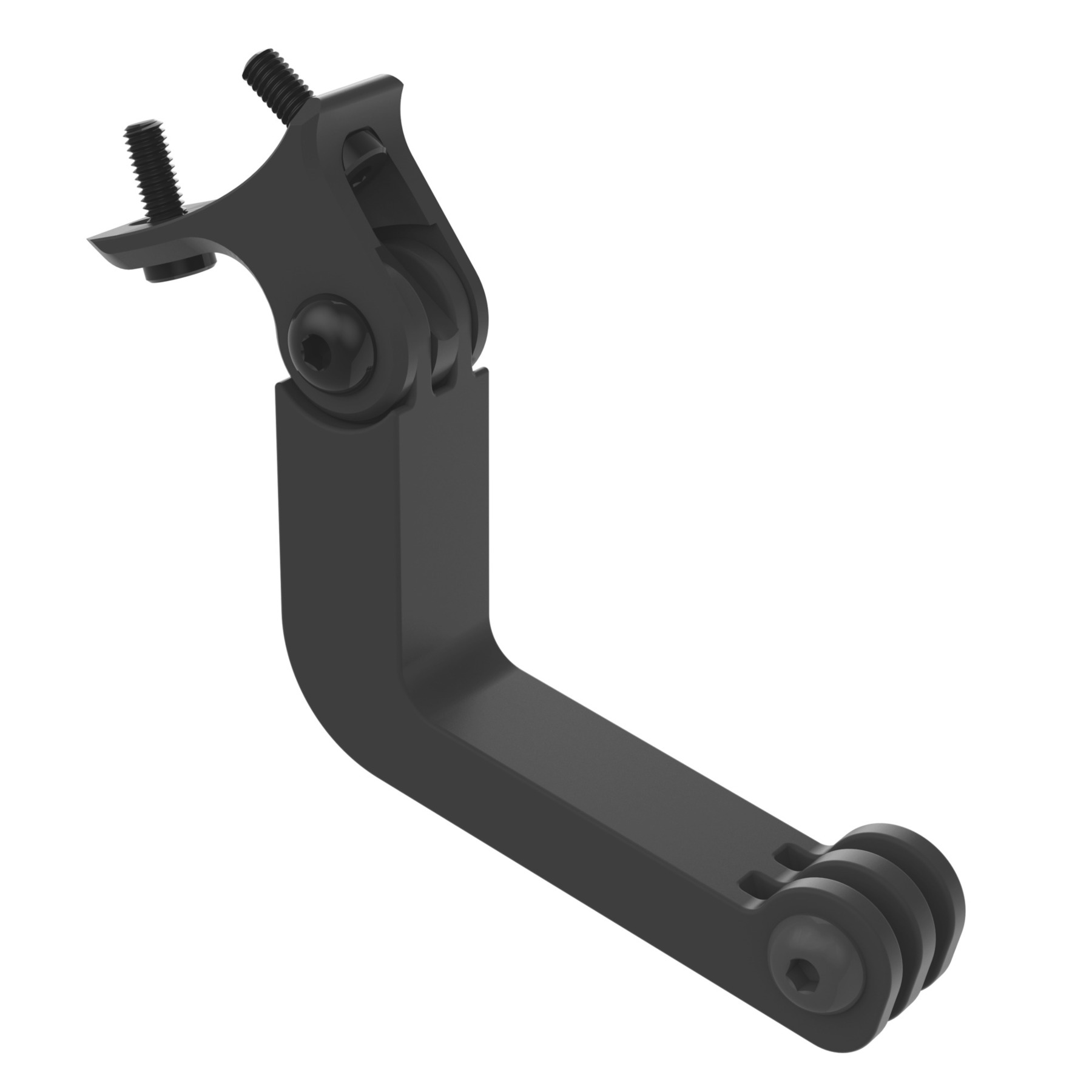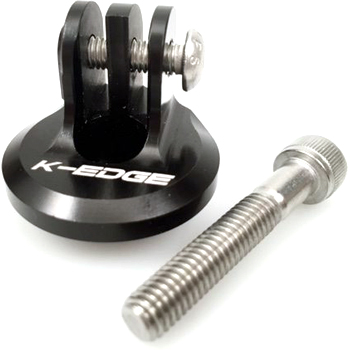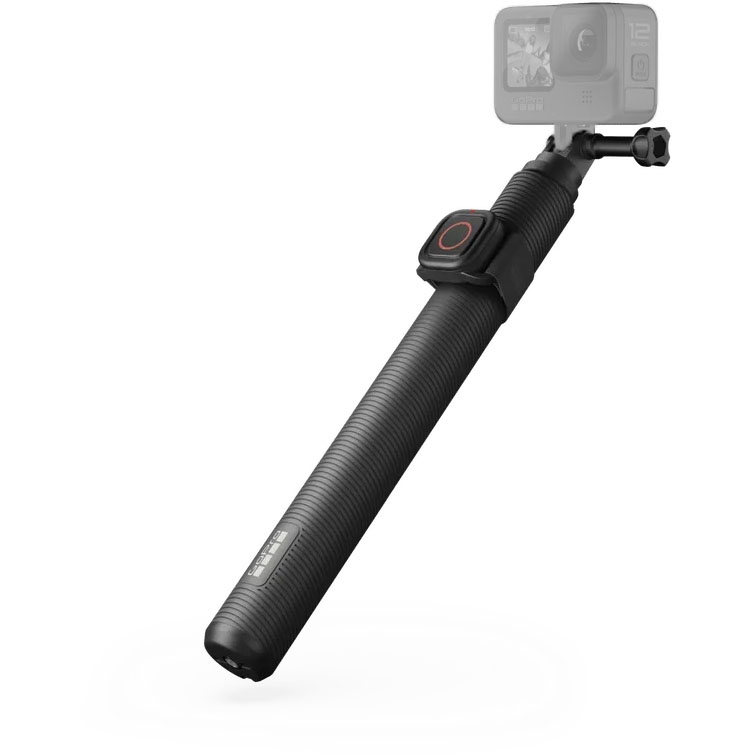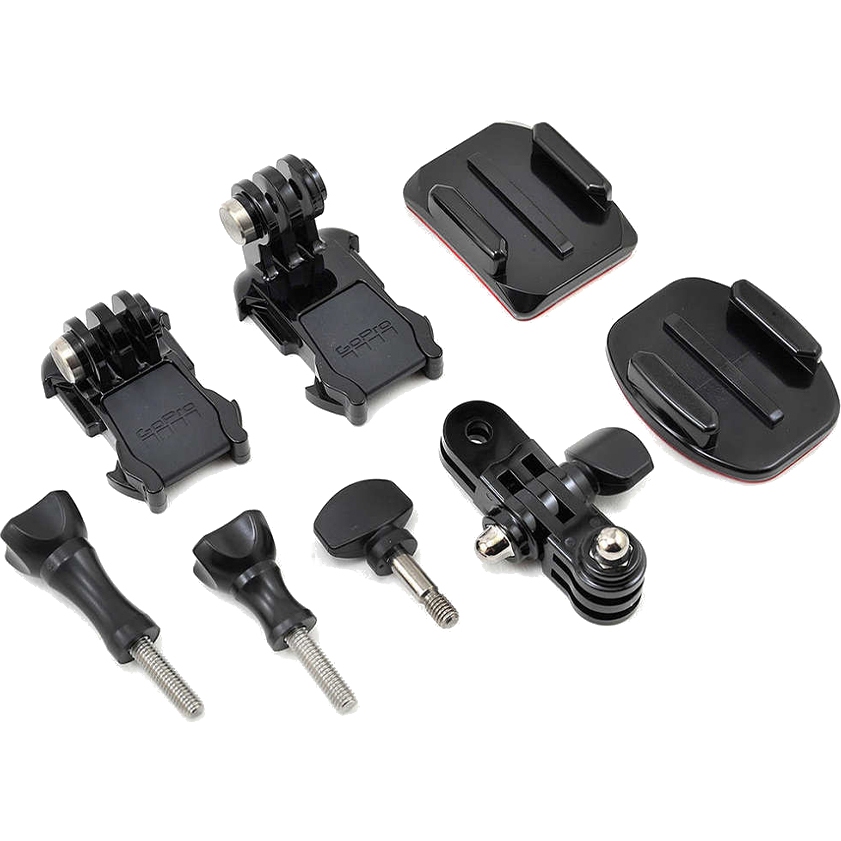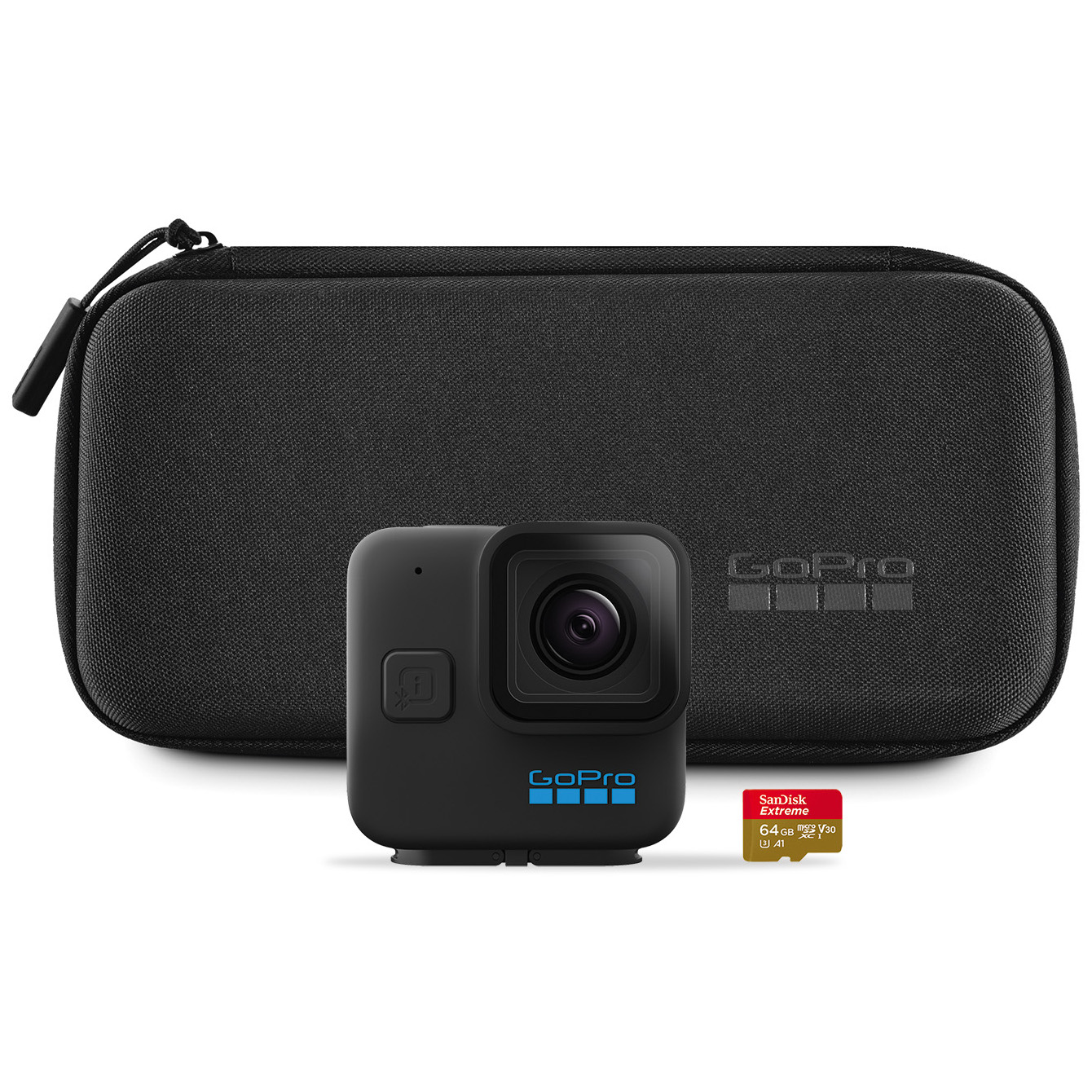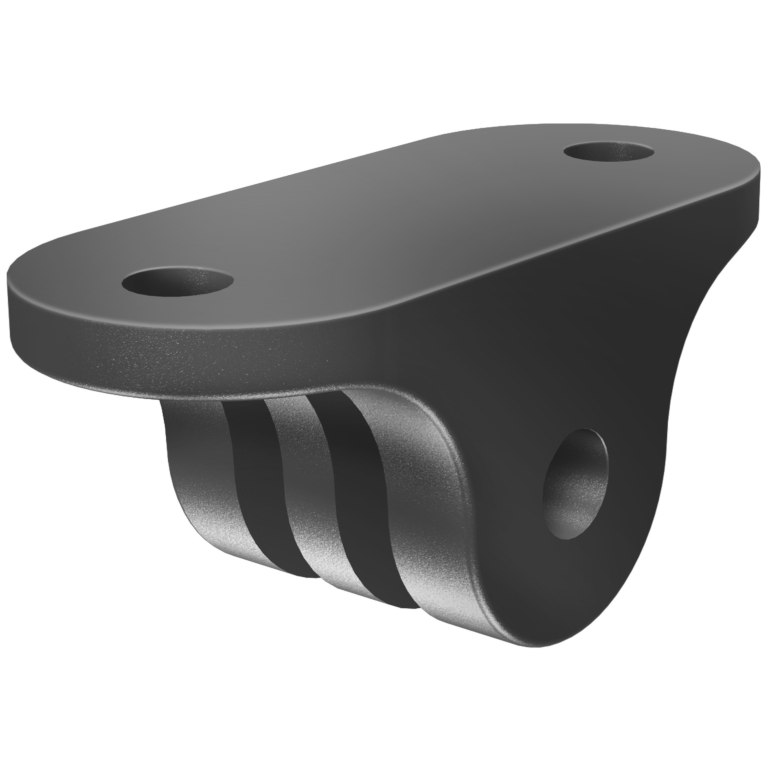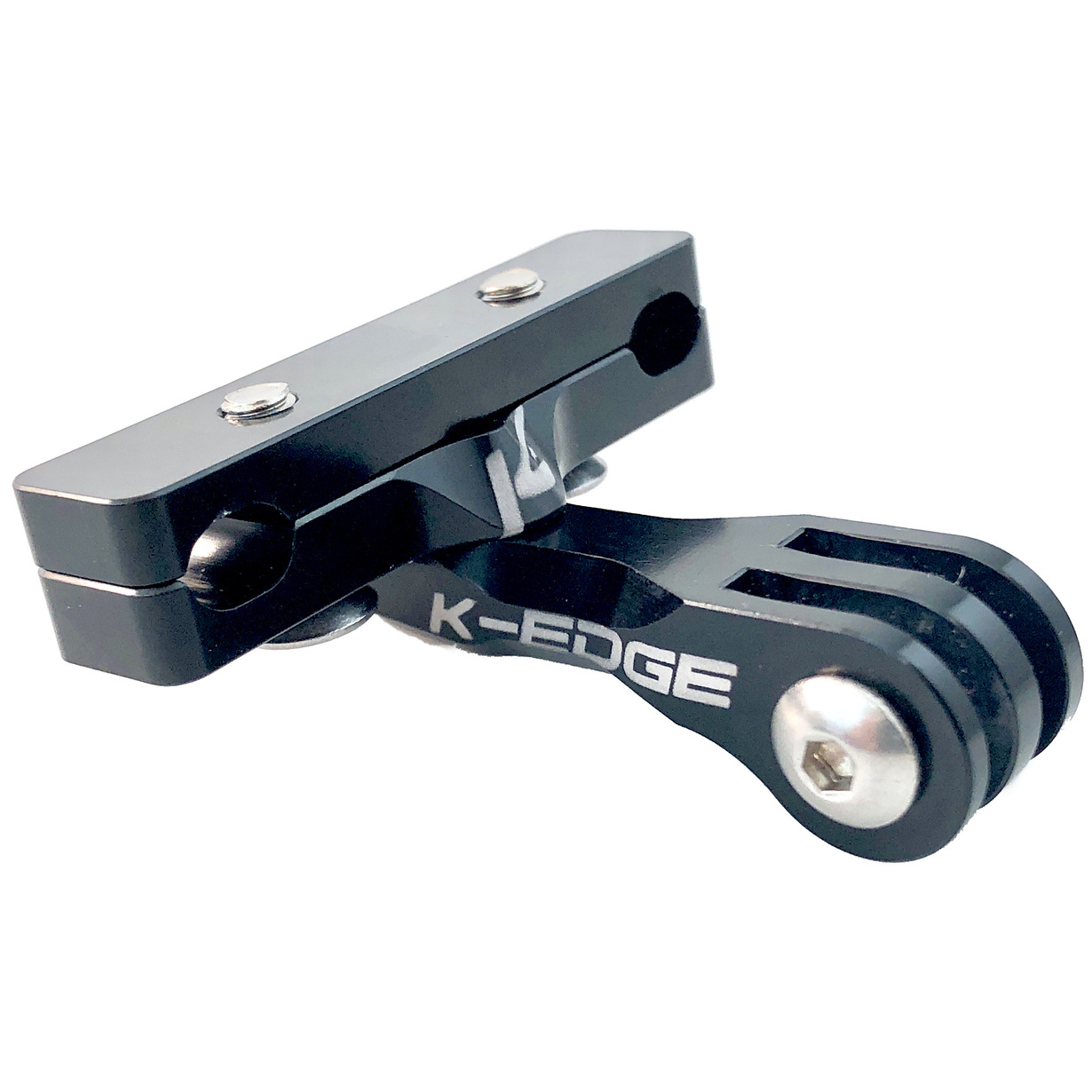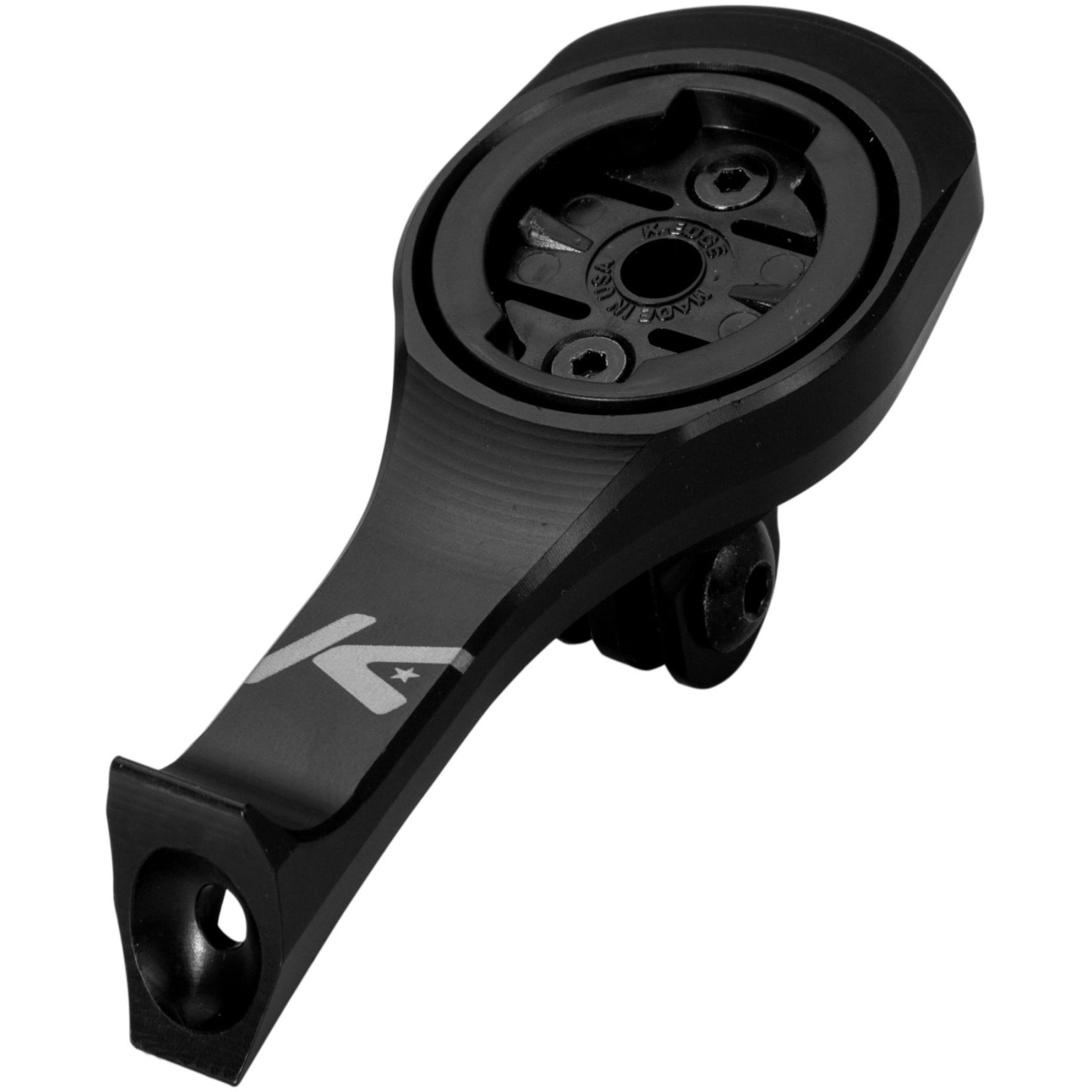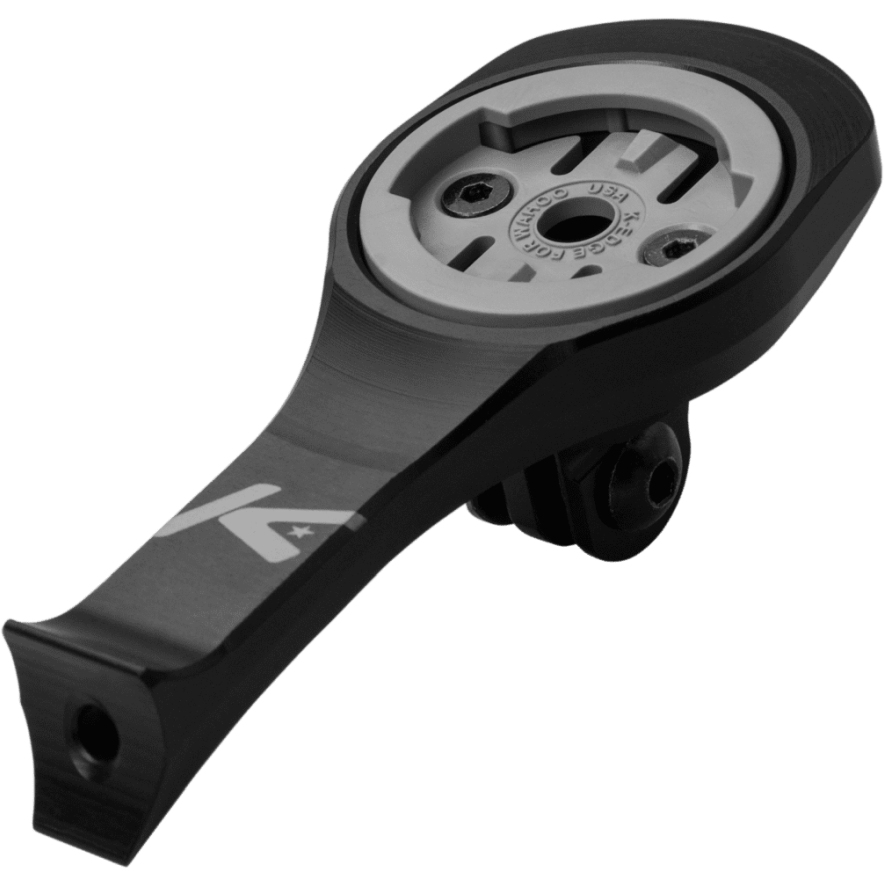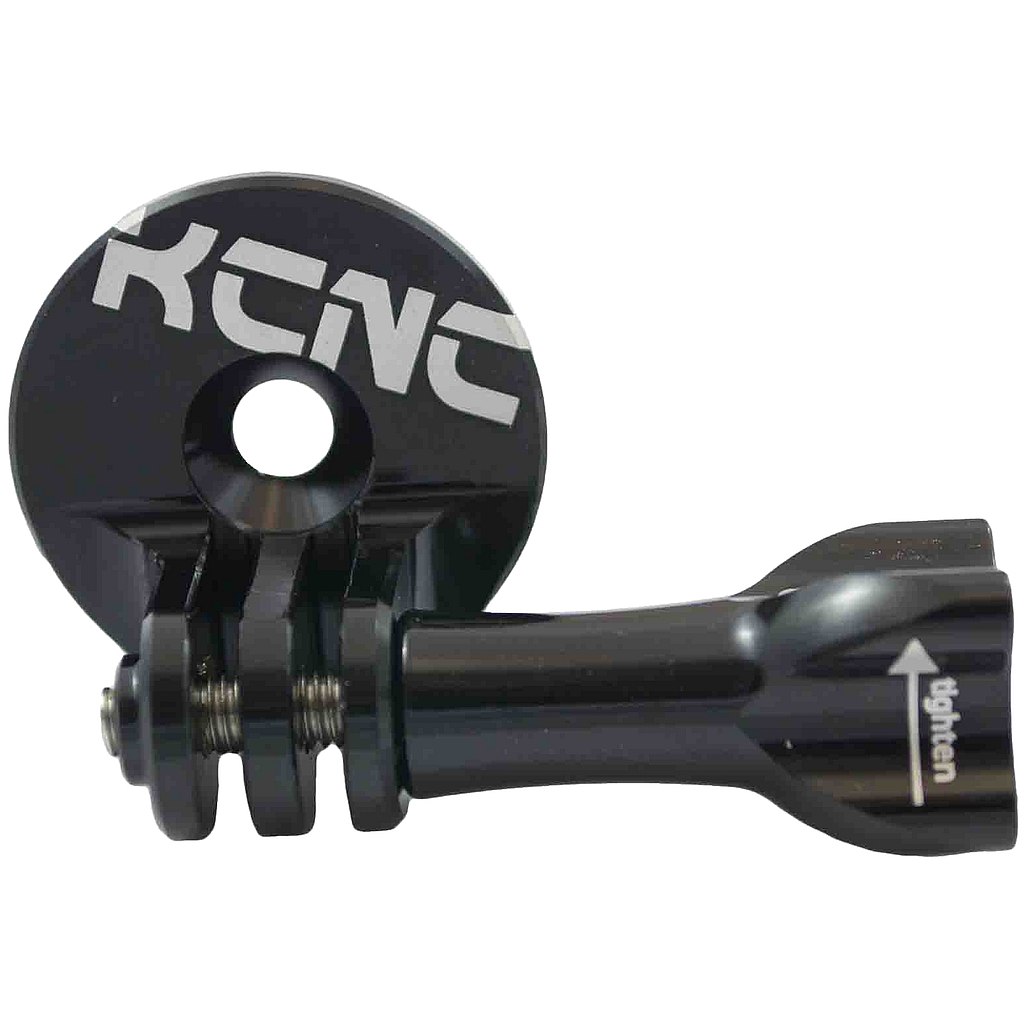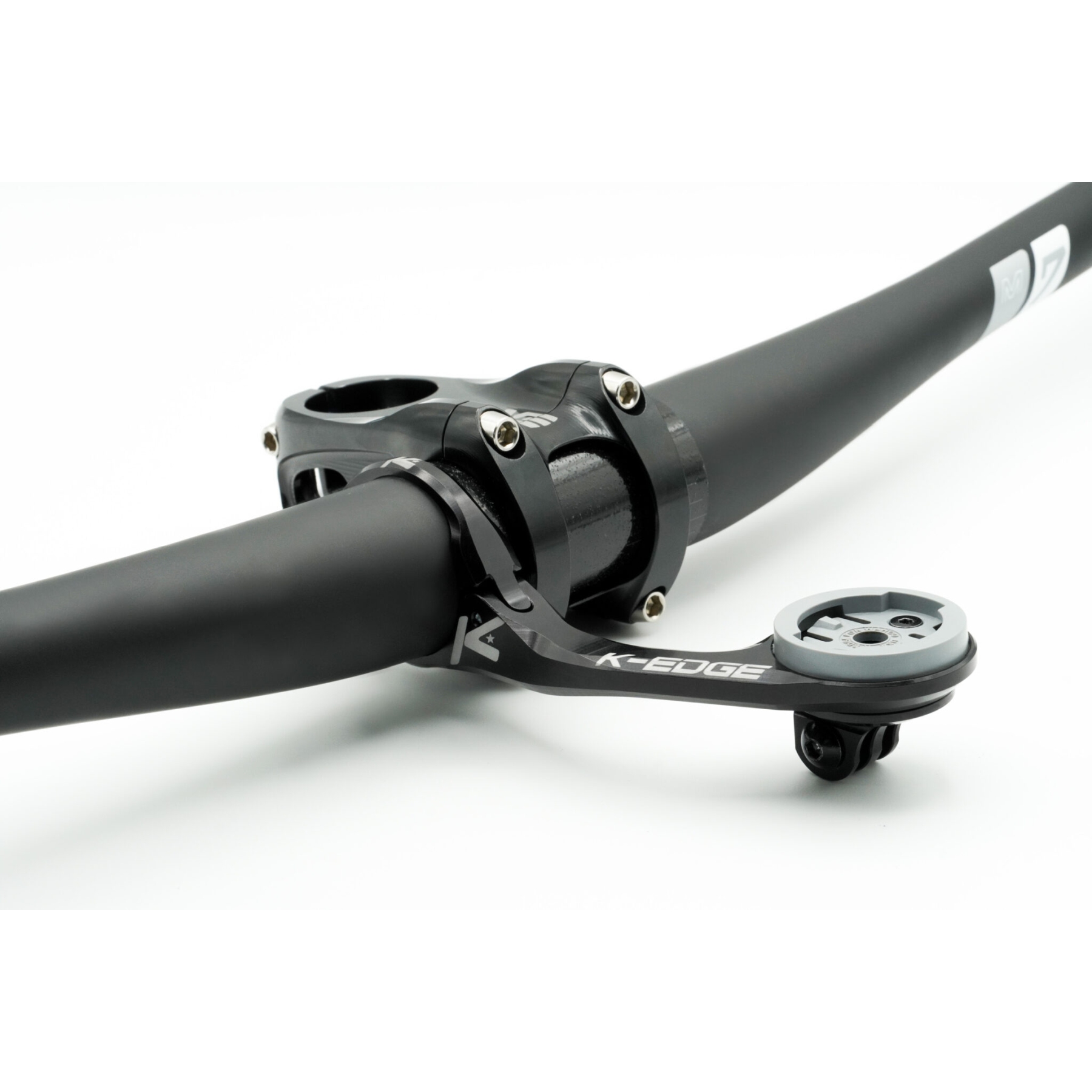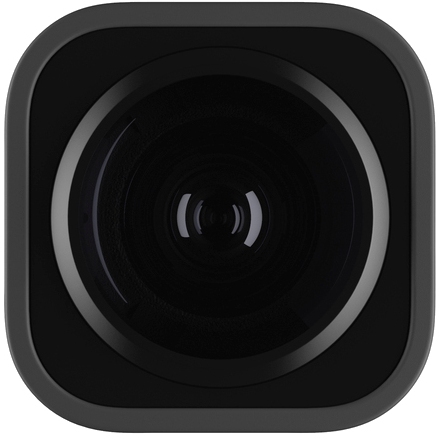- Home
- Cycling
- Electronics & Lights
- Cameras & Action Cams
Action Cams and Helmet Cameras for Cycling – For the Best Moments of Your Bike Rides
From alpine crossings to fast downhill speeds – action cams and helmet cameras for cycling are increasingly popular. The small cameras have become indispensable companions, especially on mountain bike adventures. On this page we explain which action cameras are available for cyclists and what is important when buying an action cam. So you can capture the best moments of your tours forever. Read more
Small Cycling Cameras for Best Memories and Spectacular Pictures
A cyclist racing down a trail at breakneck speed – filmed entirely from a first-person perspective. Every jump seems as vivid as if you were experiencing it yourself. While the landscape flies by, the rider’s breathing can be heard in the background. This is accompanied by punk music, repeatedly interrupted by the sound of the rear wheel locking under the brakes.
Video clips like this can be found in abundance on the internet these days. No longer there are just professionals who share action-packed videos of their bike adventures. More and more amateur downhill cycling enthusiasts are now filming themselves on their adventures too. Action cams are behind this boom. Small, unobtrusive cameras that are perfectly suited to use in sports – allowing you to turn your own tours into action-packed short films.
The statistics show how significant the boom in action cams has become: the global action cam market was worth over US$ 2,302.1 million in 2020, according to Emergen Research. The market leader GoPro alone achieved a global turnover of around US$ 1.16 billion in 2021. Even if the figures refer to the global market and to the widest range of action cameras, they demonstrate the huge growth in their use, and in the meantime, filming is becoming ever more common in the bike sector too.
Action cams are therefore regarded as exciting cycling accessories – for more than downhill riding, by the way.
What Makes a Bike Camera Stand Out?
A closer look at the products quickly reveals why action cams are also so popular electronics for cyclists. Bicycle cameras are usually compact, robust and waterproof. Compared to classic film cameras, however, they are significantly smaller. Nevertheless, they are still easy to operate. Whether it's an alpine crossing or a downhill ride – an action cam lets you capture your best moments and share them with others. The quality is good, too: sophisticated video stabilisation functions ensure videos are as smooth as possible, and most models also record videos in 4K resolution and at high frame rates. There are also different shooting modes for photos, time-lapse or slow motion.
The cameras’ features are complemented by optimal accessories. This enables the device’s potential to be ideally utilised in every situation. Sturdy mounts and robust cases, for example, ensure that you can mount the cameras anywhere on your bike or helmet. In addition, modern helmet cameras have connectivity features and can be connected to a smartphone or computer via WLAN, Bluetooth, NFC and ANT+. So you can transfer your videos to your smartphone in the blink of an eye, edit them there and easily share them on your social media channels.
The Advantages of Action Cams at a Glance
- Action cams are small, robust and often waterproof, too.
- Nevertheless, they still allow videos to be recorded in impressive quality.
- Action cams are easy to use.
- They can be attached to the helmet or various positions on the bike thanks to numerous fixture options.
- Apps and programms offered by manufacturers make it easy to create action videos.
Buying Advice – What to Look for When Buying a Cycling Camera
There are now countless action cams on the market – but which camera is the right one for you? If you are looking to buy an action camera, there are a few points to consider first. The most important criteria for choosing the right action cam are:
- Size and weight of the sports action camera (the smaller the camera, the easier it is to handle. But at the same time, smaller cameras have a smaller sensor, which makes for poorer video quality).
- The bicycle camera’s resolution and frame rate (a higher resolution often results in higher quality. A higher frame rate makes the video smoother. It is also good if you want to be able to cut slow-motion scenes).
- Video stabilisation function included in the camera. (A good stabiliser is enormously important when filming bike scenes. Otherwise, a bike video quickly turns into a juddering mess).
- Shooting modes such as quick motion, time lapse and different frame rates (if the camera has different modes, you can be more creative when editing).
- Accessories such as cases, brackets, etc. (The camera should have lots of accessories and different mounting brackets to let you get more creative here too.)
- The camera manufacturer’s software range and apps (many manufacturers offer their own apps for their cameras, which facilitate the transfer and editing of clips).
When it comes to cycling, there are two main features that are essential: the camera should have good image stabilisation in order to film smooth videos even on bumpy terrain. The camera should also be versatile so that you can mount it in many different places on your bike. There are special accessories for this, such as action cam mounts or action cam gimbals, which you can also find in the BIKE24 range in the Electronics and Accessories section. Action-cam lenses are also offered by some manufacturers.
Bike Helmet Camera – How Do I Use My Action Cam while Cycling?
Do you have a new action cam ready to go? Congratulations! Depending on the manufacturer, you now have very different options for using your helmet camera. Here you can find our tips for mounting bicycle cameras:
- Attach the action cam to the helmet: This is the classic mounting option that allows you to record videos from a first-person perspective.
- Mount the sport camera on the handlebars: Here, too, you get a first-person perspective video in a sense, albeit with the camera a little closer to the ground, which makes the speed more dramatic.
- While we’re on the subject, you may also be interested to know that some manufacturers offer special brackets for the stem too.
- Attach the bike cameran nder the saddle: This perspective allows you to film from behind.
- Mount the cycling camera on a chest strap: This option is also used by some cyclists to get videos from a first-person perspective. You also film your arms’ steering movements here.
- Combine several action cams: Do you want to make your videos more professional? Then you should use two or three action cams at the same time. This allows you to cut back and forth between the different shooting angles later in the edit for more dynamic videos.
